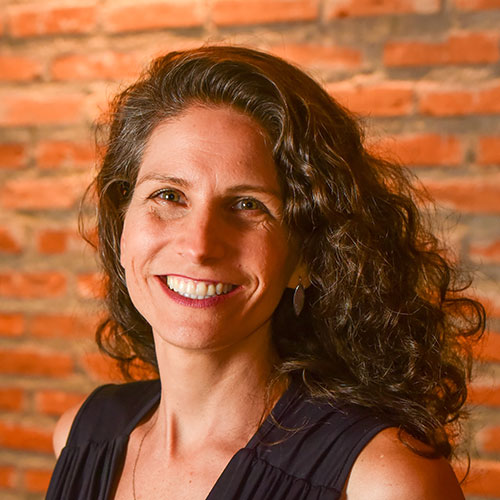Circo da Lua guarantees education, art, and fun in Serra Grande, Bahia
Located between Ilhéus and Itacaré, at kilometer 35 of BA 001, the space offers circus, music, dance, theater, and visual arts classes, as well as shows for the entire population
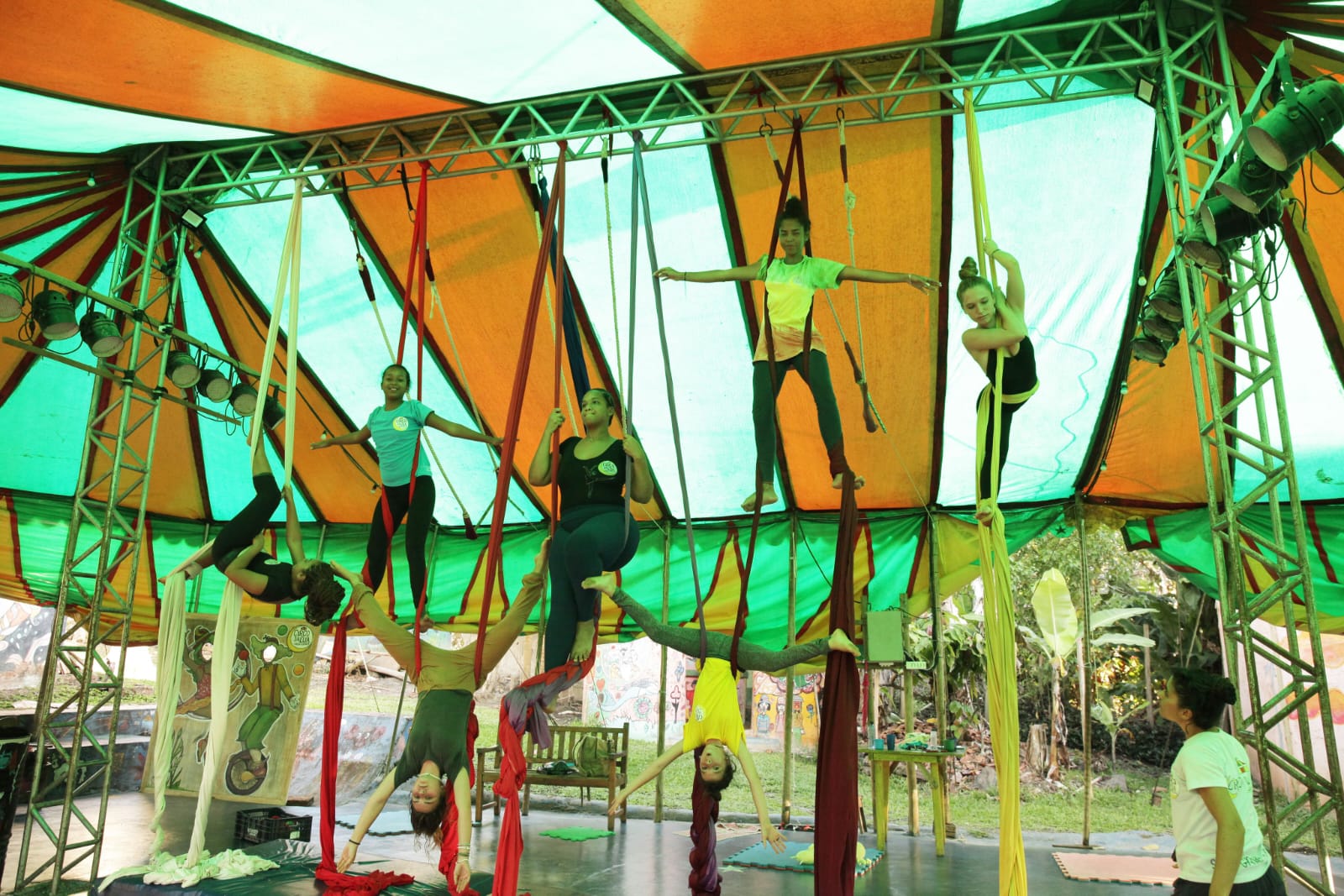

At Circo da Lua (‘Moon Circus’), numerous playful spectacles take place, enchanting the audience in the district of Serra Grande, in the interior of Bahia. But it’s not just that. A unique school in the region also operates there. Offering classes in music, dance, theater, visual arts, aerial acrobatics, stilts, unicycles, and juggling, the space is a source of hope for the district’s population of 6 thousand inhabitants.
The classes are offered to children, teenagers, and young people. “Art empowers children, especially those who don’t have as many opportunities,” says Ivana Nistico, the circus’s founder. “We receive students who arrive practically unable to speak, avoiding eye contact, with very low self-esteem. And one, two months later, they’re already on stage, performing, receiving applause from everyone. The results are quick and clear.”
The circus is located in Bairro Novo, a peripheral area that suffers from a scarcity of services and public facilities. Therefore, in addition to classes and performances, the space also functions as a social center for interaction. There are services ranging from psychologists to groups of girls, to discuss women’s health, for example. There are also workshops for making percussion instruments. “But the focus has always been on the circus because it’s what attracts the most, especially children. The circus is magical,” Ivana smiles.
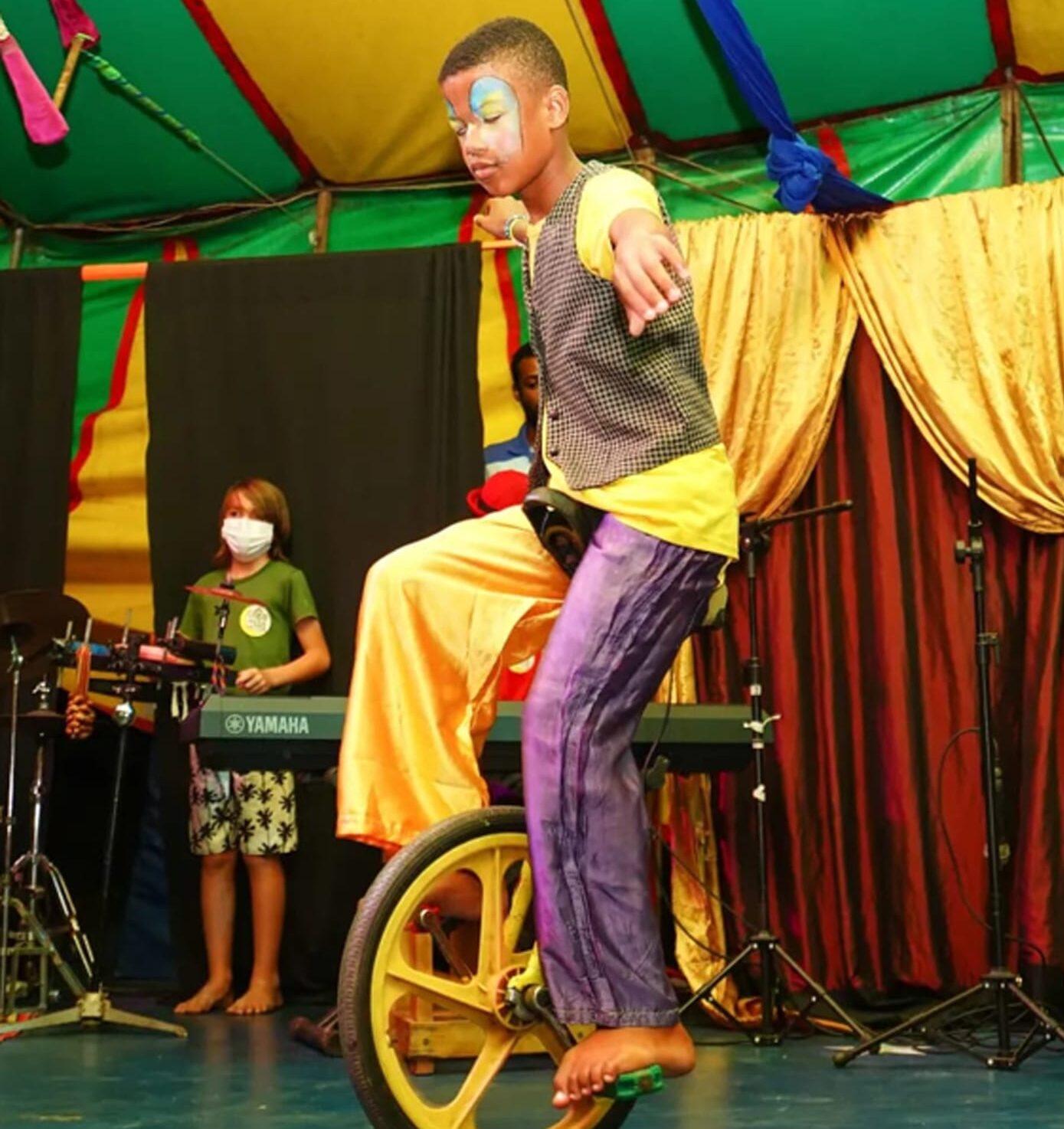
Circo da Lua
Ivana Nistico is a circus artist passionate about what she does. A theater and music teacher, she explains that she has always worked combining the three arts. The name Circo da Lua (‘Moon Circus’), she explains, is due to her old mule, named Lua (‘Moon’). Lua was the one who pulled the cart with the circus gear. “We used to go to small villages by cart. However, this lasted a short time because the reality of the roads didn’t allow us to continue with this itinerant project. We gave up on the mule, the cart, and decided to set up a fixed circus, a Circus school.”
The circus was inaugurated in 2013, on a private land that was loaned for use for a period. “When we arrived, there was no headquarters; the classes were held in the pizzeria, at school, alternate places. Later, we managed to get this physical space to set up our tent. Over time, the land was acquired by the Associação Cultural Circo da Lua (‘Moon Circus Cultural Association’)”, Ivana recalls.
She explains that she started the circus alone with her group, and gradually other teachers and artists joined. Today, the circus has a team of 16 people, composed of many former students who have become teaching assistants, teachers, or are working in the administration. Generating income is another indirect impact of the circus. “Young people began to have their first job opportunities with the circus”, says Marcos Oliveira, who is part of the association’s financial coordination. He is a native of the municipality and also found a job opportunity in the circus.
Serra Grande – Uruçuca
Originally from Argentina, Ivana Nistico has been living in Brazil for 15 years. She explains that she settled in Bahia after itinerant work, traveling through the states of Brazil hitchhiking and performing with her group Circo Comunidade (‘Circus Community’), consisting of ten Argentinians and one Brazilian.
“I’ve been visiting Brazil since I was 17, so I had come before, but never working professionally. And when I arrived in Bahia, I never left. I felt that this was my home for a reason I can’t even explain. It’s a spiritual, profound thing.”
The group first settled in Arembepe, a village in the north of Salvador. “It’s a village with several needs, a very vulnerable community. Our intention was to bring circus and music shows. We started with free activities, in partnership with the local residents’ association”, she recalls.
After two years in Arembepe, they went to Serra Grande, invited by a village’s teacher who had moved there. “The idea was to stay for a month, but she said ‘you are not going to leave, you are going to work here!’. So, they got us a house and here we stayed”, Ivana laughs.
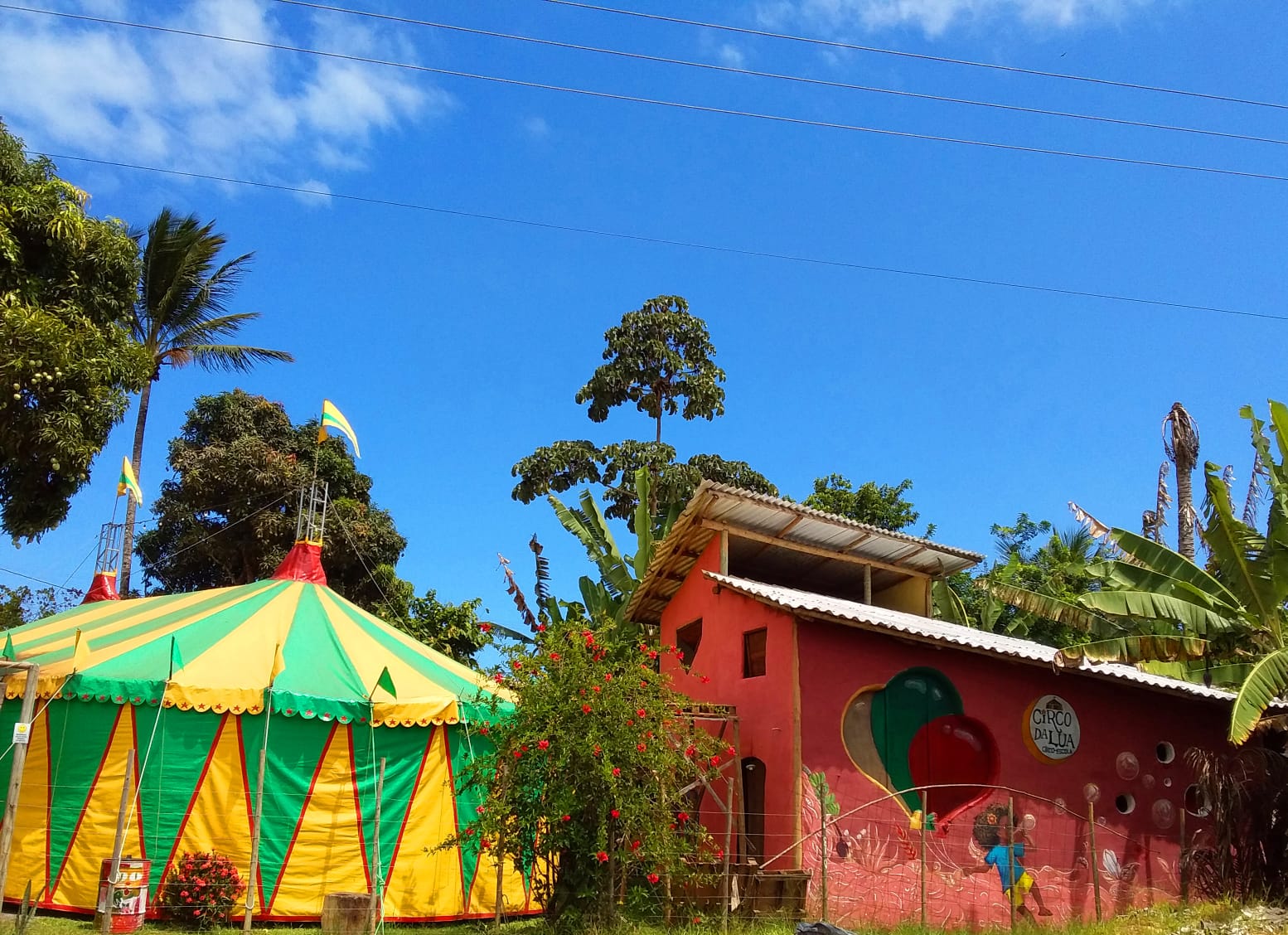

Art, fun and knowledge
This year, the circus is helding a special spectacle that is an adaptation of Faust, the classic work by Goethe. The show is produced along with the students. Last year and the one before, they staged ‘O Auto da Compadecida’, by Ariano Suassuna. Other artists also performed in the circus with their own shows.
“The cultural options offered by the circus provide access to art for many children and young people, and the entire population of Serra Grande also benefits from the programming and shows”, says Vinícius Teiole, a teacher of Circo Mirim (‘Circus for Kids’), drawing and painting. He also mentions that two former theater students went on to study at the university in Salvador. “One of them ranked third in the federal theater university in Salvador and that has a lot to do with the training here at the circus”, he proudly states.
How the Circus operates
The circus offers 300 spots for students between 3 and 29 years old. Most of the spots are filled by full scholarship recipients, and 25% of the spots are for paying students. The funds collected from the tuition fees help sustain the project, along with supporters such as the Madrinhas do Circo (“Circus Godmothers’), a group of 25 women who make recurring donations, as well as partner companies like the German company Mahle, which provides resources through cultural grants.
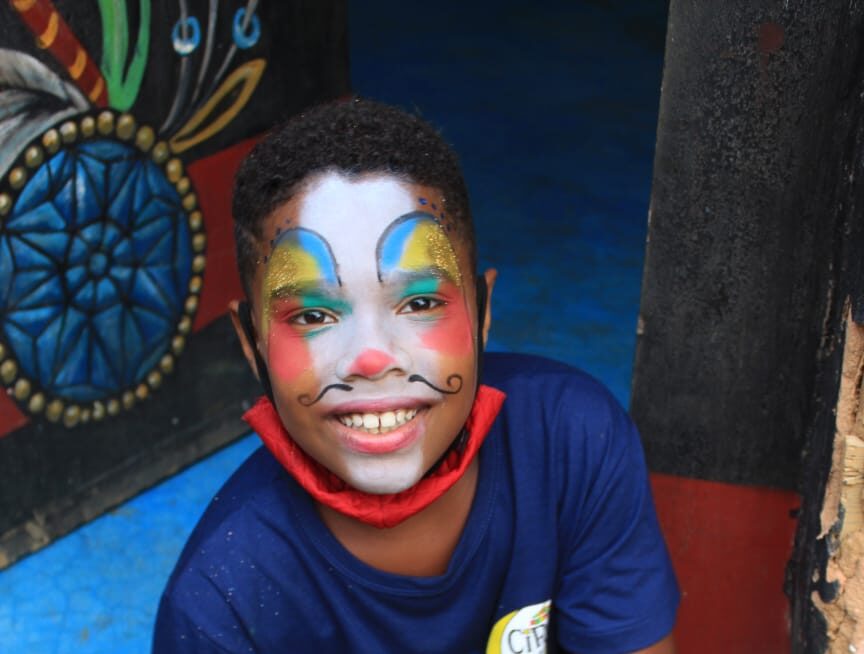

Want to support this cause?
Circo da Lua (‘Moon Circus’) accepts donations via PIX: 20.649.052 – 0001 09 (CNPJ) – Associação Cultural Circo da Lua (‘Moon Circus Cultural Association’). To learn more about the project, follow us on Facebook, Instagram and YouTube.
